Forty to sixty percent of businesses that face disaster, such as a fire, never reopen according to FEMA.gov. To prepare for Fire Prevention Week the beginning of October, we have compiled information about making a business structure more fire resistant.
In 1922, the NFPA originated Fire Prevention Week was a small organizational observance. President Coolidge adopted it nationally in 1925 to be recognized every year during the week of October 9. That date coincides with The Great Chicago Fire, which happened in 1871, killing 250 people and leaving 100,000 homeless (nfpa.org).
This yearly reminder to building inhabitants whether end users or owners is a good practice to help save many lives, homes, and businesses, and we feel that knowing what causes the most fires in a commercial or industrial setting will help business owners protect themselves from hazards, see graphs.


Sources: nfpa.org: U.S. Structure Fires in Office Properties, Aug 2013 nfpa.org: Fires in Industrial and Manufacturing Properties, Mar 2018
For commercial buildings, the majority of fires are started while cooking, so having flame retardant materials and furniture is important in the kitchen area. It’s also important to know that intentional fires are commonly arson caused by a disgruntled person either in the bathroom or an exterior dumpster, therefore, it’s good to be aware of who is in a building when there has been an altercation, empty trash daily, install motion sensor cameras, and keep the dumpster away from the building. Additionally, most unintentional fires are commonly started by cigarettes in the landscaping or space heaters placed against the wall. Having designated disposal units for cigarettes and a policy about the use of space heaters are great, low cost means to protect from everything going up in smoke (smokeguard.com).
Depending on the size and use of a building, a sprinkler system may be required by code. For example, an office or medical building, AKA light hazard, over 12,000 s.f. is required to be “sprinkled”, but a restaurant only needs to be 5,000 s.f. to require a sprinkler system. I interviewed Bernie with Jimco Fire Protection, Inc. about what materials building owners should use to be more fire resistant and he suggested, “Metal trusses with fire retardant sheeting is the best way to go on a roof.” By using these materials, an attic doesn’t need to be sprinkled regardless of the size even if the rest of the building needs to be. Another option that Bernie doesn’t readily recommend is instead using wood trusses and installing a dry suppression system. It may be less upfront cost, but there will be regular ongoing maintenance of the system that will likely add up to cost more and cause more risky down time. According to sciencedirect.com, other material selections good for fire protection of a building envelope (i.e. walls, ceiling, floors, columns, and roof), are heat resistant materials and/or metal choices, such as concrete, coated steel, brick and mortar, treated wood, glass, and other metals to name a few.
Also, depending on the size and use of a building, an owner may be required by code to incorporate the following into the structural design, fire curtain, a minimum number of fire alarms, emergency lights and exit signs, and a minimum number of fire extinguishers. Bernie reminded us that if adding on to a building, it could trigger the additional expense of some of these requirements.
Low cost ways to protect staff, customers and assets from fire damage include good housekeeping inside and out of the building, maintenance, having a disaster response plan, and a contingency plan. The best practice is to take the time to train staff on fire safety and how to use an extinguisher, and discuss a disaster plan with staff including where to meet outside the building to be accounted for in the event of an emergency.
I asked Bernie what was new in the fire protection industry and he said, “Sprinkler heads are the only thing changing. In the 70s there were only 4 options, now there’s an unknown number of options.” He shared that on the market are single heads that can reach 30 ft. one way and 30 ft. the other way, essentially covering entire rooms with its spray. A head of that strength of spray requires only one main line in a room, rather than using more materials to branch out with piping through the space and also needs less labor saving on cost.
Wolgast Corporation and Wolgast Restoration are in a unique position to be able to assist business owners to rebuild during a disaster. We have the insurance restoration expertise to help with clean up along with the design and construction expertise to rebuild the structure if it’s needed. In the event of an emergency call 855-WOLGAST for our 24-Hour emergency hotline, or 800-WOLGAST for other building needs.
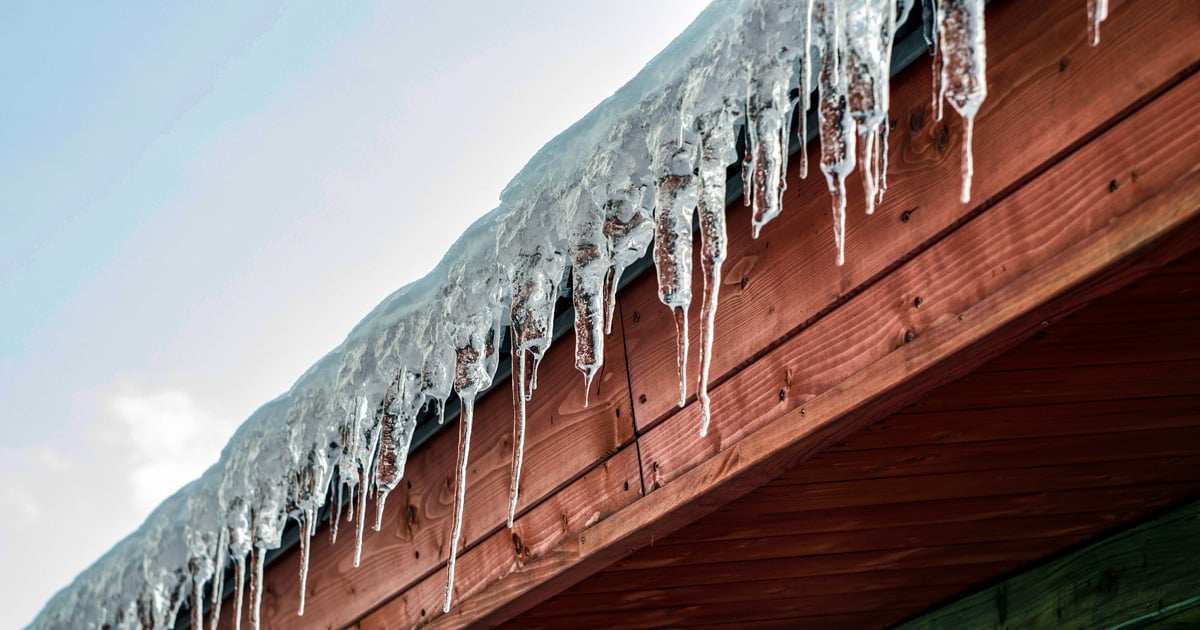

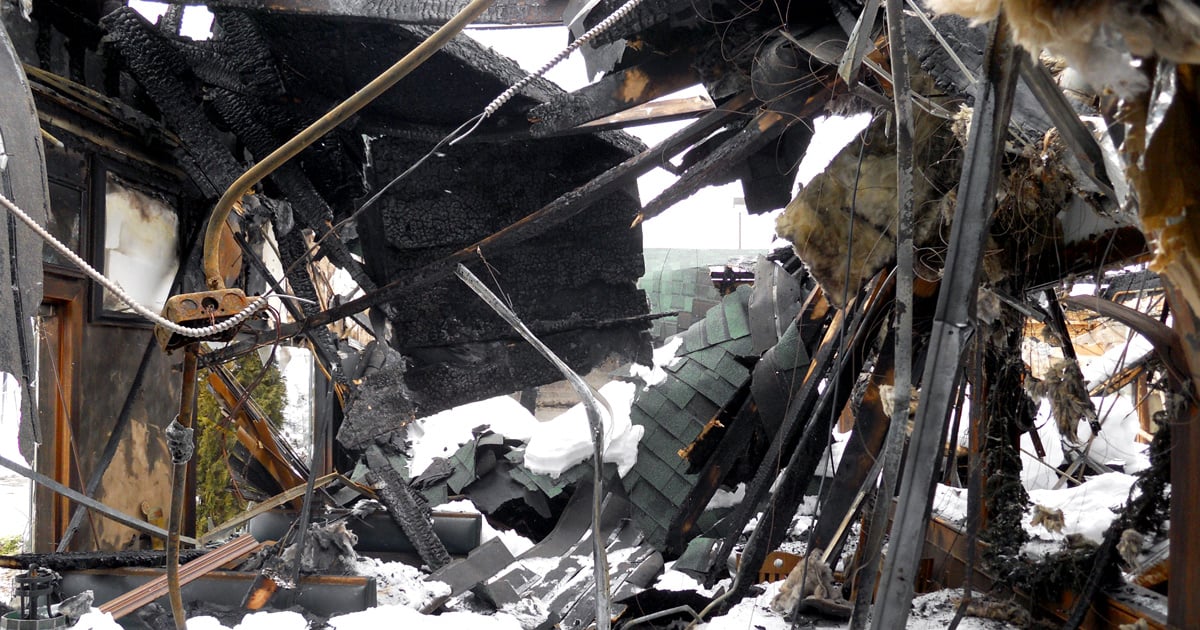
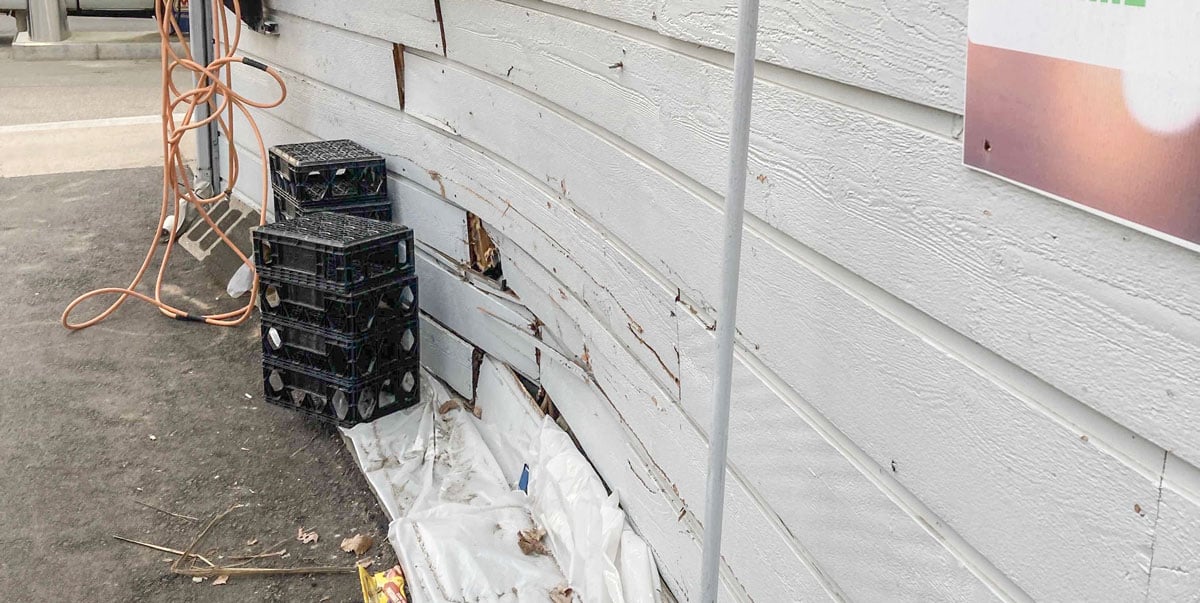

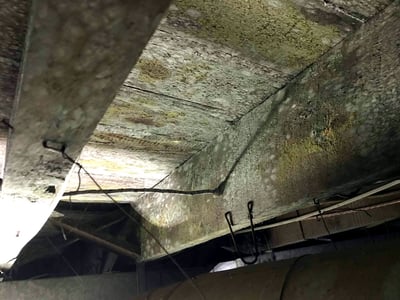 Mold spores can enter a building in a number of ways, even a commercial or public building. Additionally, spores are common in all kinds of buildings according to the cdc.org website. They can be carried in through the door, blown in through windows, vents, or heating and air conditioners. The problem happens when a source of water mixes with the spores, like from a flood, a leak, or persistent condensation.
Mold spores can enter a building in a number of ways, even a commercial or public building. Additionally, spores are common in all kinds of buildings according to the cdc.org website. They can be carried in through the door, blown in through windows, vents, or heating and air conditioners. The problem happens when a source of water mixes with the spores, like from a flood, a leak, or persistent condensation.

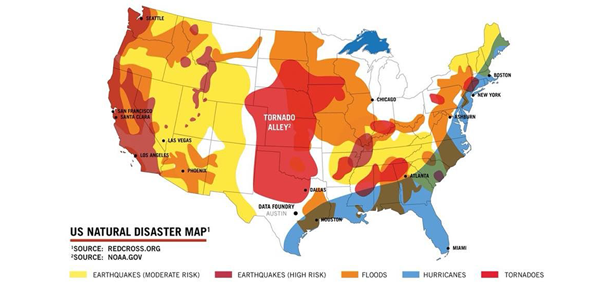 According to
According to 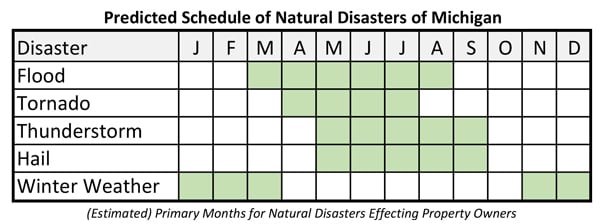 The unpredictable behavior of Mother Nature makes it difficult to prepare your structure in some cases and still live daily life, so it’s most important to have a plan to protect yourself and have phone numbers ready to call your insurance provider and restoration contractor immediately after. It’s a good practice to have needed items ready in case the power goes out, for example: a light source, charged energy source(s), communication device(s), food, drink, and important papers in a safe place. Call Wolgast Restoration when a disaster hits your property.
The unpredictable behavior of Mother Nature makes it difficult to prepare your structure in some cases and still live daily life, so it’s most important to have a plan to protect yourself and have phone numbers ready to call your insurance provider and restoration contractor immediately after. It’s a good practice to have needed items ready in case the power goes out, for example: a light source, charged energy source(s), communication device(s), food, drink, and important papers in a safe place. Call Wolgast Restoration when a disaster hits your property.
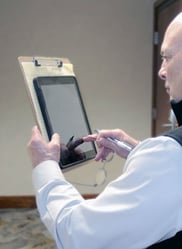 When a client is displaced from their home or business, time is critical to get them to pre-loss condition, quickly. Each project starts with an assessment of the loss and a restoration estimate. There are three key things that make us fast and accurate in our estimating.
When a client is displaced from their home or business, time is critical to get them to pre-loss condition, quickly. Each project starts with an assessment of the loss and a restoration estimate. There are three key things that make us fast and accurate in our estimating. 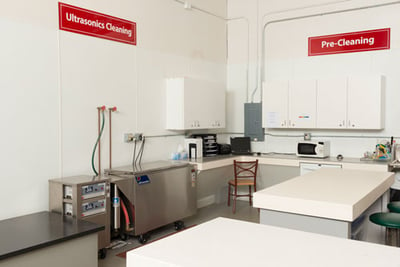 Contents are a substantial part of a property insurance loss. Not only the cost of replacing, but also an owner’s emotional attachment to items can be significant. Being able to clean or salvage 80% or so of a building’s or house’s contents after a flood or fire is beneficial to reducing the loss for the owner. Years ago, insurers didn’t think it was worth taking the time or effort to clean the contents, but with modern practices and equipment, the quicker turn-around time and success has proven to save on restoration costs.1
Contents are a substantial part of a property insurance loss. Not only the cost of replacing, but also an owner’s emotional attachment to items can be significant. Being able to clean or salvage 80% or so of a building’s or house’s contents after a flood or fire is beneficial to reducing the loss for the owner. Years ago, insurers didn’t think it was worth taking the time or effort to clean the contents, but with modern practices and equipment, the quicker turn-around time and success has proven to save on restoration costs.1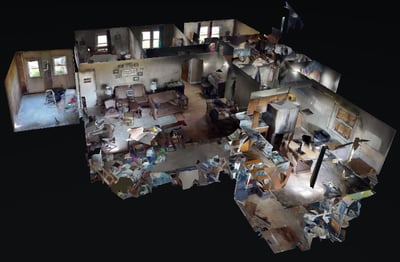 Wolgast Restoration has added technology to make their service even more efficient. The Matterport 3D Camera is a high resolution scanning device that lets us take 3D photos to turn into a high quality, precise, 360 degree, walk-through, interactive image online. The qualities and capabilities of the scan have many benefits that are useful to Insurance Companies, including quicker estimating and more efficient management of restoration activities. By scanning a building interior with the camera on an initial site visit, we can use the software’s capabilities to do follow-up measurements or verification if needed, get additional/outside input via email without subsequent site visits, and keep high-quality documentation of the state of the property.
Wolgast Restoration has added technology to make their service even more efficient. The Matterport 3D Camera is a high resolution scanning device that lets us take 3D photos to turn into a high quality, precise, 360 degree, walk-through, interactive image online. The qualities and capabilities of the scan have many benefits that are useful to Insurance Companies, including quicker estimating and more efficient management of restoration activities. By scanning a building interior with the camera on an initial site visit, we can use the software’s capabilities to do follow-up measurements or verification if needed, get additional/outside input via email without subsequent site visits, and keep high-quality documentation of the state of the property.